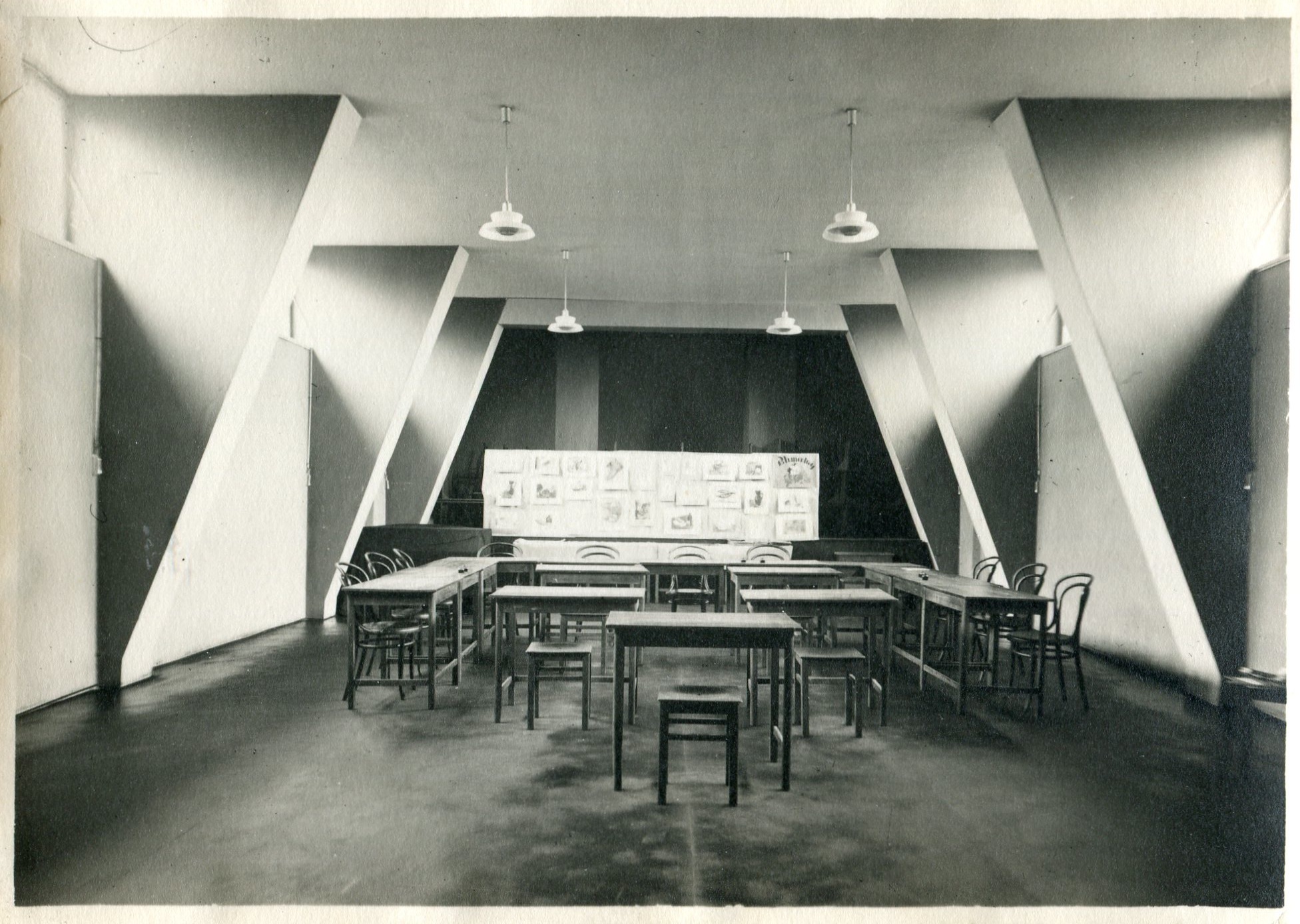What constitutes our built Jewish heritage? Can it be found anywhere other than the communal spaces of the Jewish community, such as the synagogues, schools, hospitals and cemeteries? Are there other elements of our shared past than the Holocaust that need the attention of our contemporary memorials of Jewish history in order to give a full picture of Jewish life in our European cities? What about the everyday urban lives of Jewish people throughout history, and how that is reflected in our current cityscapes?
Daniel Ljunggren, a Swedish restoration architect with his family roots in pre-war Wrocław/ Breslau and the Hadda family, is working on providing a wider perspective of Jewish built heritage, that incorporates secular and private spaces. In his ongoing doctoral research at TU Dresden, Daniel is mapping and analyzing the legacy of his family members in the urban landscape of Wrocław/ Breslau – the modernist architects and brothers Albert and Moritz Hadda, and their professional networks during the interwar period.
The Hadda siblings born in the 1870’s-1890’s were influential doctors and architects within the Breslau Jewish community during the Weimar Republic and continued to influence Jewish life through their social activism throughout the Nazi reign. Their legacy can still be seen in the built fabric of today’s Wrocław. Daniel’s investigative dissertation poses several questions about the importance of religious, cultural, and political background within professional networks in Germany and central Europe during the interwar period. He investigates the interaction between the modernist Jewish architects and their contemporary society, more precisely how the work of Jewish architects influenced the local Jewish community as well as the broader German society.
The brothers Hadda peaked in their professional careers in the late 1920’s. Albert worked for Walter Gropius in Berlin at the time and Moritz was a successful independent architect based in Breslau. In 1934, they were both banned from working professionally as architects, which meant that they were forced to narrow their professional networks to the Breslau Jewish community and find new means of earning their living. What makes the case of these two brothers all the more interesting is the fact that Moritz and Albert were on opposing sides of the political left-right spectrum. This becomes apparent when you examine the respective ways in which they influenced the Breslau Jewish community under the Nazi regime.
Part of Daniel’s research will be published in 2023 as part of a collaborative project presenting contributions of several scholars implemented by the Technical University of Dresden entitled “Breslau / Wrocław 1933-1949. Studien zur Topographie der Shoah”.
We’ll keep you posted when the publication is available!


